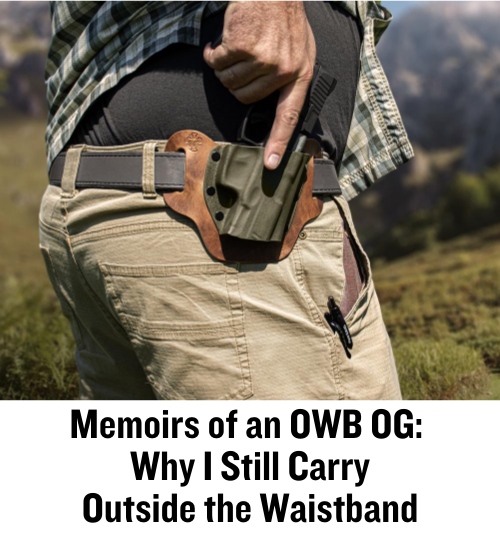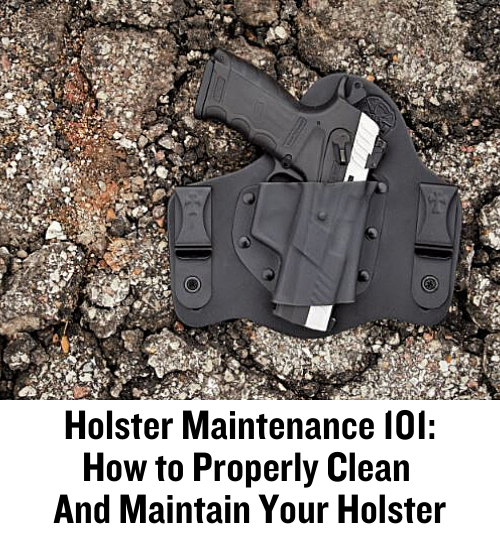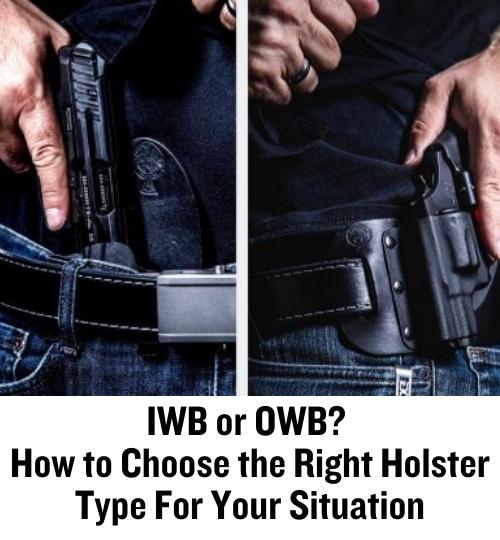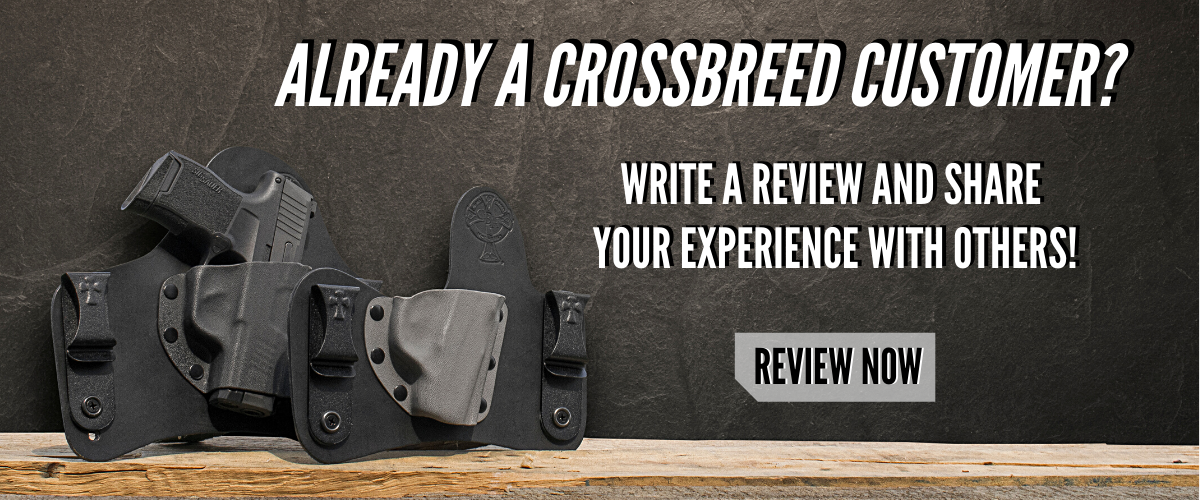When I first began carrying a handgun for self-defense, I debated with my grandpa about which type of handgun was best for concealed carry. He still chose a revolver, no matter how many logical points I made. So, I decided to see why he was so adamant about carrying a revolver.
During my research, I discovered both types had significant advantages and disadvantages, and determining the best was ultimately decided by which factors you placed the most significance on. In the rest of this article, I aim to provide you with the best information about both types so you can choose which one you should carry for self-defense. Let’s start with the revolver.
Revolver Pros
Carrying a revolver has several benefits that semi-automatic pistol lovers often overlook. Are the following advantages of a revolver enough to convince you that you should carry one for self-defense? Are they valid?
- More reliable
- Easier to use
- Found in proven calibers like the .38 Special, .357 Magnum, and 44 Mag plus 9mm, 40, and 45 ACP.
- Double-action revolvers are often considered less likely to have a negligent discharge.
A revolver is much less likely to malfunction because it has fewer moving parts, but when it does malfunction, it’s pretty much useless at that point. Because revolvers are more straightforward, they’re also easier to use; this doesn’t mean you shouldn’t regularly train with them.
You can purchase a revolver in just about any caliber proven effective for self-defense, so you don’t have to worry about it not having enough stopping power when needed. Because a double-action revolver requires two actions to take place before it fires, it’s much less likely to fire accidentally, but pistols have safety features that also ensure they’re safe to use.
Revolver Cons
As great as revolvers are for self-defense, there are some obvious drawbacks that you must be aware of before carrying a revolver.
- Extremely limited capacity
- Time-consuming to reload
- Long, heavy trigger pull
- Tend to be less accurate
With 5 or 6 shots compared to the 9+ shots of pistols, a revolver’s capacity is minimal, plus it’s time-consuming and difficult to reload in a high-pressure situation. You can carry more rounds, but it’s still not as convenient as carrying a spare magazine.
The long, heavy trigger pull and short barrel of most double-action revolvers can make the shooter less accurate. That’s why it’s critical to practice and train with your chosen self-defense weapon regularly.
Semi-Auto Pros
Carrying a semi-automatic pistol has a few advantages over carrying a revolver, which means it will be a better choice for some people.
- Higher ammo capacity, but not by much in some pocket pistols
- Easier reloading
- Tend to be more accurate because they are easier to grip while shooting
I carry a small compact pistol, yet it still holds 8+1 rounds. I can also easily carry a couple of spare mags to triple my overall capacity without everything becoming bulky and easily visible from printing.
Speaking of spare mags, reloading a pistol is much easier to learn and perform in an intense situation.
In my personal experience, I’ve found it easier to be accurate with a pistol than a revolver. Maybe I’m just weird, however.
Semi-Auto Cons
While discussing with my grandpa and after shooting pistols for a couple of decades, I discovered that semi-auto pistols have some significant drawbacks, making them a poor choice for some individuals.
- Malfunction more often
- More challenging to learn to shoot
- More likely to accidentally discharge
Pistols will jam and malfunction more often than a revolver. However, malfunctions and jams generally can be quickly identified and fixed, but they’re never convenient.
Learning to shoot a pistol properly takes more time and training. While shooting a pistol, I’m still learning to improve my stance, form, and accuracy.
While rare, a pistol is more likely to be accidentally discharged. However, when you carry it in a high-quality holster like the one’s found here, you can rest assured that you’ve minimized the risk to nearly zero.
Parting Shots: Revolver Vs. Semi-Auto
Ultimately, deciding which option is best for you is up to you. However, I recommend carrying both if your budget allows it. Carry a pistol as a primary and a revolver as a backup. Do most people need two guns at once? Probably not, but what’s the expression? Two is one and one is none. Whichever route you decide to take, never stop training with it! Stay safe!
ABOUT THE AUTHOR:

Sam Jacobs is a passionate advocate for Second Amendment rights and an avid historian. As lead writer for Ammo.com, he delves into the intersection of firearms, freedom, and corporate power. With a penchant for defending individual liberties, his work sparks discussions in various publications and platforms.
![]() You may also enjoy these popular articles:
You may also enjoy these popular articles:




©MTC Holsters, LLC and CrossBreed Holsters Blog, 2024.
Unauthorized use and/or duplication of this material without express and written permission from this site’s author and/or owner is strictly prohibited. Excerpts and links may be used, provided that full and clear credit is given to David Workman and the CrossBreed Blog with appropriate and specific direction to the original content.

